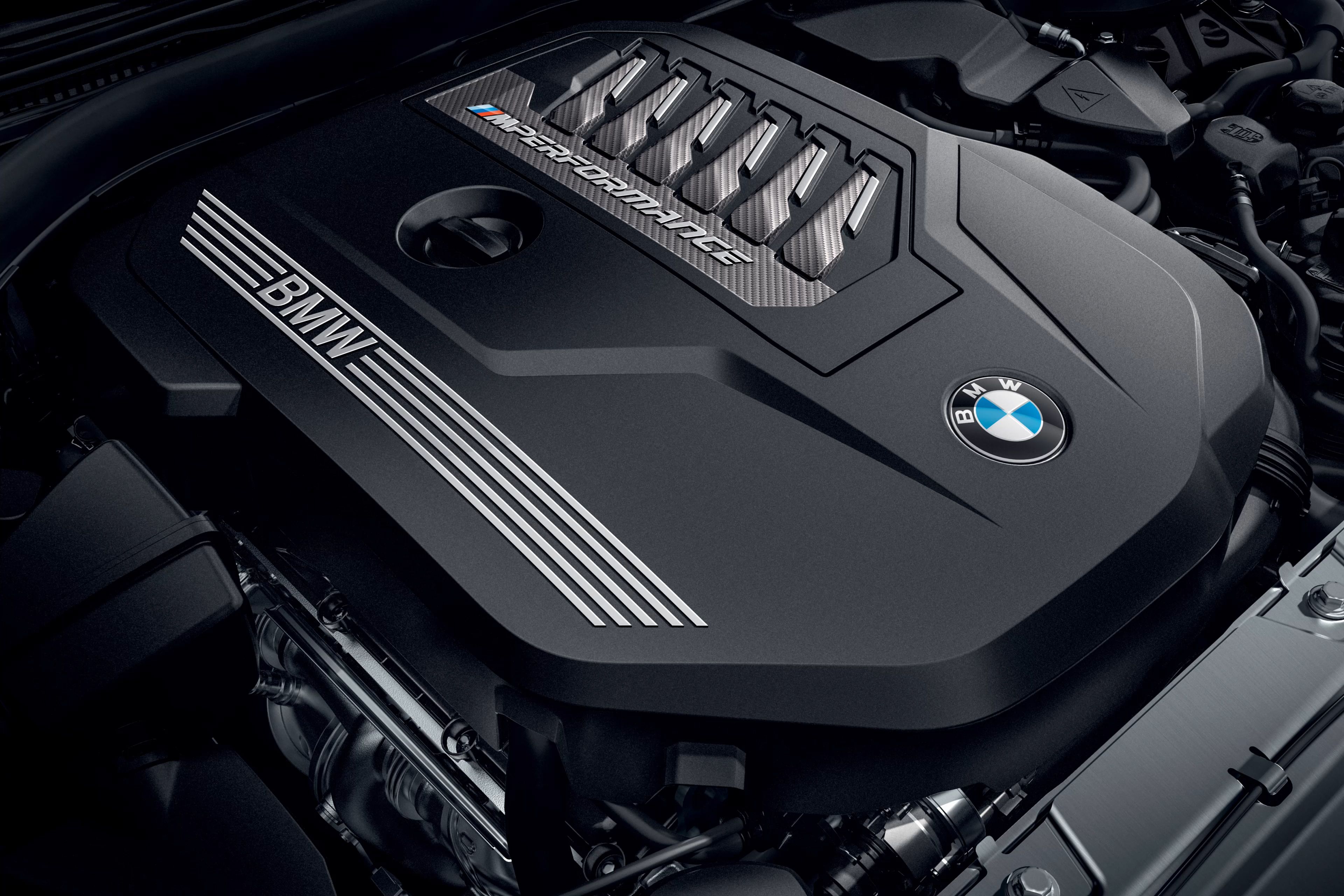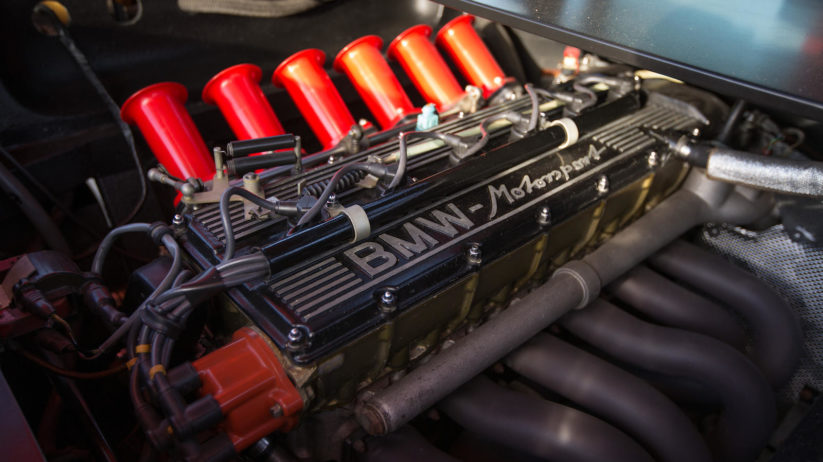Top 5 BMW Engine Technologies Changing the Automotive Industry
Top 5 BMW Engine Technologies Changing the Automotive Industry
Blog Article
Checking Out the Advancement of Combustion Engines in Modern Transport Equipments
As we navigate the landscape of modern-day transport, the development of burning engines stands as a testament to human resourcefulness and design prowess. The interaction of background, modern technology, and ecological worries in shaping the trajectory of combustion engines creates a story that is both informative and compelling.
Very Early Beginnings of Combustion Engines
How did the principle of burning engines initial arise in the early stages of transportation development? The roots of burning engines can be mapped back to the 17th century when the principles of inner combustion were first checked out.
The advancement minute included the development of the very first effective gasoline-powered engine by Karl Benz in 1885 - bmw engine. This engine led the means for the development of the contemporary car, transforming transportation systems worldwide. Succeeding innovations by Nikolaus Otto and Gottlieb Daimler additionally improved burning engine innovation, leading to the automation of cars and the rapid growth of the transport market
These very early combustion engines were identified by their simpleness and efficiency, laying the foundation for the facility and effective engines used in contemporary transport systems. The evolution of combustion engines has actually been crucial in forming the method we take a trip and transport products, noting a substantial landmark in the history of transportation development.
Transition to Internal Burning Modern Technology
The transition to inner combustion innovation noted a critical shift in the development of transportation systems. This change started in the late 19th century, with developers like Nikolaus Otto and Gottlieb Daimler establishing the very first effective inner burning engines. These engines reinvented transportation by using a much more effective and reliable choice to steam engines and electrical motors.
Among the crucial advantages of inner burning engines was their capability to be reduced to match vehicles, leading to the growth of vehicles and bikes. This shift from cumbersome, stationary engines to small, mobile ones paved the means for the modern transportation systems we see today.
The transition to inner combustion technology also spurred improvements in gas modern technology, resulting in the advancement of gas and diesel as key gas resources for automobiles. This change not only made transport extra available to the masses yet likewise laid the foundation for the oil and gas industry to end up being integral to international economies.
Influence of Combustion Engines on Transport
The adoption of burning engines in transportation systems militarized a profound shift in the efficiency and speed of international wheelchair. Combustion engines transformed transport by giving a trustworthy and versatile source of power for numerous automobiles, consisting of automobiles, aircrafts, vehicles, and ships. This development dramatically boosted the capacity for goods and people to conform fars away in shorter amount of time, causing raised connection in between areas and countries.
Furthermore, the extensive use of combustion engines has had a considerable impact on economic development. The ability to transfer goods efficiently has spurred trade and commerce, permitting organizations to increase their markets and get to customers worldwide. This has helped with economic development and globalization, as items can currently be delivered much faster and in bigger amounts than ever in the past.
Nevertheless, the environmental impact of combustion engines can not be forgotten. The burning of fossil fuels has led to air contamination and greenhouse gas exhausts, adding to climate adjustment and presenting health and wellness dangers to populations. bmw engine. Because of this, there is a growing emphasis on establishing alternate propulsion technologies to alleviate these negative effects and create a more lasting future for transport
Innovations in Combustion Engine Style
One remarkable technology is the advancement of turbocharged engines, which use exhaust gases to drive a generator that presses incoming air, allowing for more gas to be scorched, resulting in enhanced power result without a significant boost in engine dimension. Variable valve timing systems have also reinvented engine design by maximizing air flow at different engine speeds, boosting both power and effectiveness. These innovations collectively contribute to the continuous improvement of burning engines in modern transportation systems.
Future Fads in Combustion Engine Growth
With technology developments driving constant development, the future of burning engine growth is poised to revolutionize transportation systems around the world. One of important source the essential patterns in burning engine development is the press in the direction of better performance and minimized emissions. Suppliers are spending heavily in research study and development to improve engine performance while meeting strict environmental regulations. This includes the combination of advanced fuel injection systems, boosted turbocharging methods, and the use of lightweight products to optimize fuel intake and decrease carbon emissions.
Another famous pattern is the fostering of hybrid technologies in combustion engines. Crossbreed engines incorporate traditional combustion technology with electric power, offering boosted gas performance and lower emissions. As the automotive sector changes in the direction of electrification, crossbreed combustion engines are seen as a transitional remedy that connects the gap in between standard cars and fully electrical ones.
Moreover, the assimilation of smart innovations, such as expert system and data analytics, is anticipated to more tips here play a considerable role in the future of burning engine advancement. These technologies can maximize engine performance in real-time, causing much more reliable combustion processes and boosted total automobile efficiency. Accepting these future fads will not only drive advancement in burning engine advancement yet additionally add to a more environmentally friendly and sustainable transportation environment.

Conclusion
In verdict, the evolution of combustion engines in modern transportation systems has been marked by considerable advancements in modern technology and style. From the very early beginnings of combustion engines to the change to interior burning innovation, these engines have actually had an extensive impact on transportation.
The origins of combustion engines can be traced back to the 17th century when the principles of inner combustion were initial discovered. These engines reinvented transportation by using a much more effective and reliable choice to steam engines and electrical motors.

Report this page